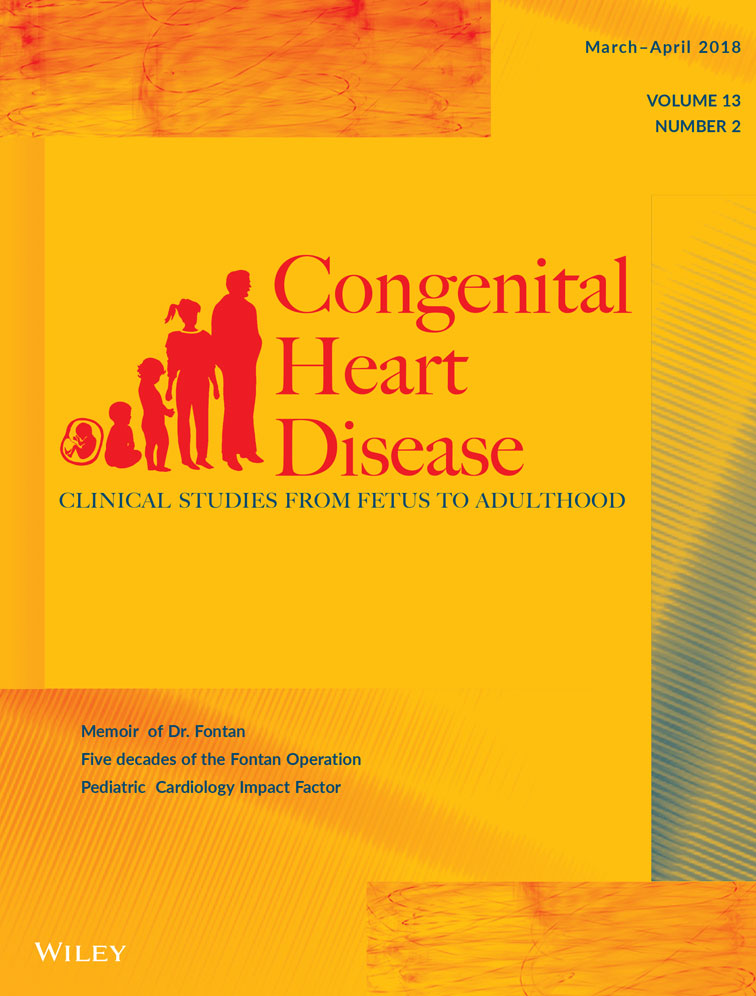Physical activity perceptions and behaviors among young adults with congenital heart disease: A mixed-methods study
Abstract
Objective
A physically active lifestyle can help maintain positive physical and psychosocial health outcomes among adults with congenital heart disease (CHD). This study explored the physical activity perceptions and behaviors among young adults with CHD.
Design
This was a cross-sectional, mixed-methods study that included objectively measured physical activity assessment (accelerometer), individual semistructured interviews, and psychosocial questionnaires.
Results
Fifteen participants (67% male; 21 ± 3 years old) with moderate (n = 10) or complex (n = 5) CHD were recruited from an outpatient adult CHD clinic. Participants accumulated 26 ± 16 minutes of moderate-to-vigorous physical activity per day, and reported a high quality of life, moderate self-efficacy for exercise, and low cardiac-focused anxiety. Qualitative data indicated that participants reported more positive perceptions toward activity if their family members encouraged physical activity participation, including siblings that engaged in physical activity alongside participants. Participants described parents as supportive rather than overprotective. Activity precautions were perceived by participants as being instructions from cardiologists rather than restrictions by parents. Participants described some physical limitations compared to peers, but managed challenges by either working within their limitations or choosing activities that met their expectations and/or in which they could fully participate. Participants often described childhood physical activity in the context of school, physical education, and organized sports. Whereas physical activity in childhood was viewed as recreational, the cardiac health-promoting aspects became more prominent in adulthood. Activities performed during one's employment were considered sufficient to meet physical activity recommendation levels, and participants reported limited time and/or energy to participate in activity outside of work.
Conclusions
The influence of family appeared to help participants adopt a positive perception toward activity participation in childhood that was carried forward to young adulthood. Future clinical work should target adolescents with CHD with less social supports and/or negative perceptions toward physical activity.
CONFLICT OF INTEREST
None




